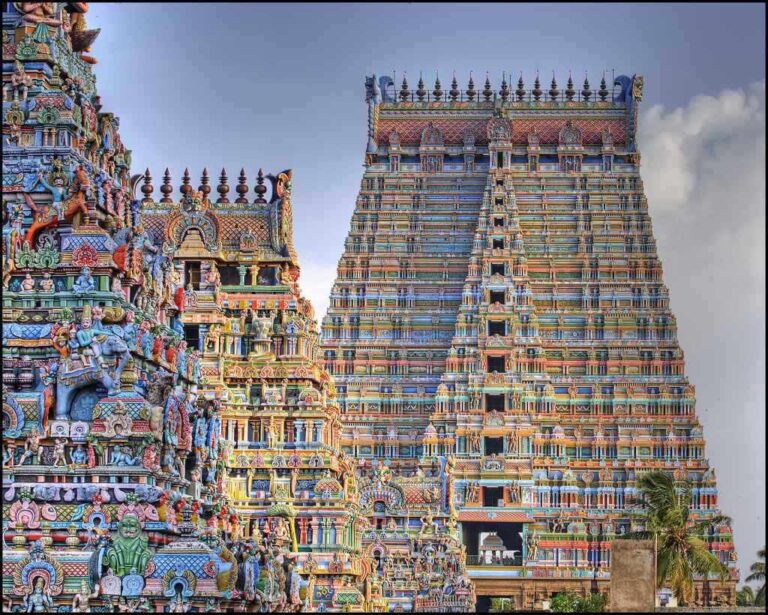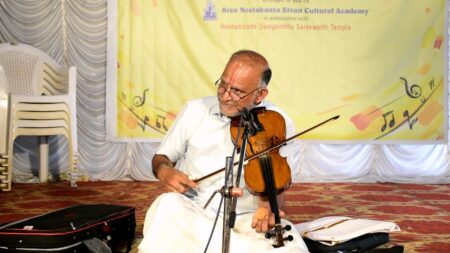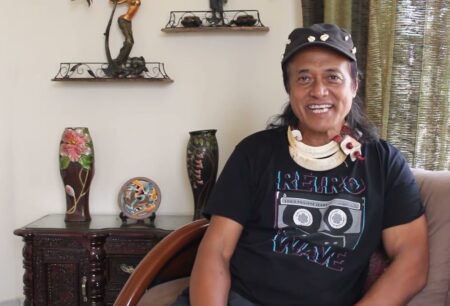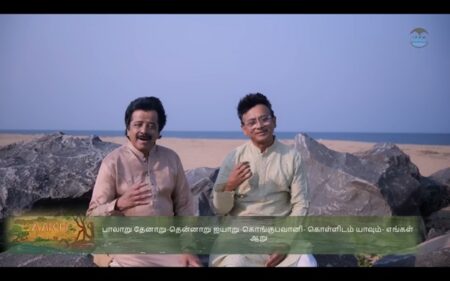Chitravina N Ravikiran in an interview talks about his recent compositions on the 108 Vaishnava divya desams and the thought process behind them.
The concept of divya desam was to highlight the temples sung by the Alwars. But no single Alwar has visited all the kshetras. Is there anybody who has composed on all the kshetras?
Thirumangai Alwar visited 86 kshetras in an era when people had to walk to reach places and this is a huge achievement at that time. Haririkatha exponent Krishna Premi has composed on all 108 kshetras.
How did you get the idea?
On June 4th I got the inspiration for what I can term a divine directive to compose on each one of the 108. I immediately started reading about the temples. I learned a lot and as I was in an inspired zone, the composing was happening almost parallelly.
A lot of research went into this. Some compositions are about the respective deity. For example, the composition vithai unathe is about the Lord of Thirukkaravanam. Some compositions like unnalum mudiyaathu are documentations of philosophical thoughts on the deity. Some other pieces documents the sthala puranams or historical personalities associated with it including the alwars, for example, the Sowriraja Perumal in Varunapriya.
How do you fine-tune the compositions?
Anything I compose, I sing a few times, record it immediately and listen to it. In some cases, I teach it to my students and friends. And when they sing, I refine it. All this is normal for any composer. In some cases, you compose and add some sangathis later or you may fine-tune the lyrical part by adding a charanam. It is a continuous process.
Have you visited all the kshetras?
Srirangam, Triplicane, Thiruvidanthai are some of them I have visited. For me, the whole thought process was completely inspired.
Do you feel any emotional outbursts when you compose, especially these kinds of compositions with religious fervor?
Creativity can also be an outpouring of a soul in high bliss. There are so many factors that can inspire creativity. I read a lot but I composed in the order that inspired me to compose. I did not follow any kind of order but merely composed as I was inspired.
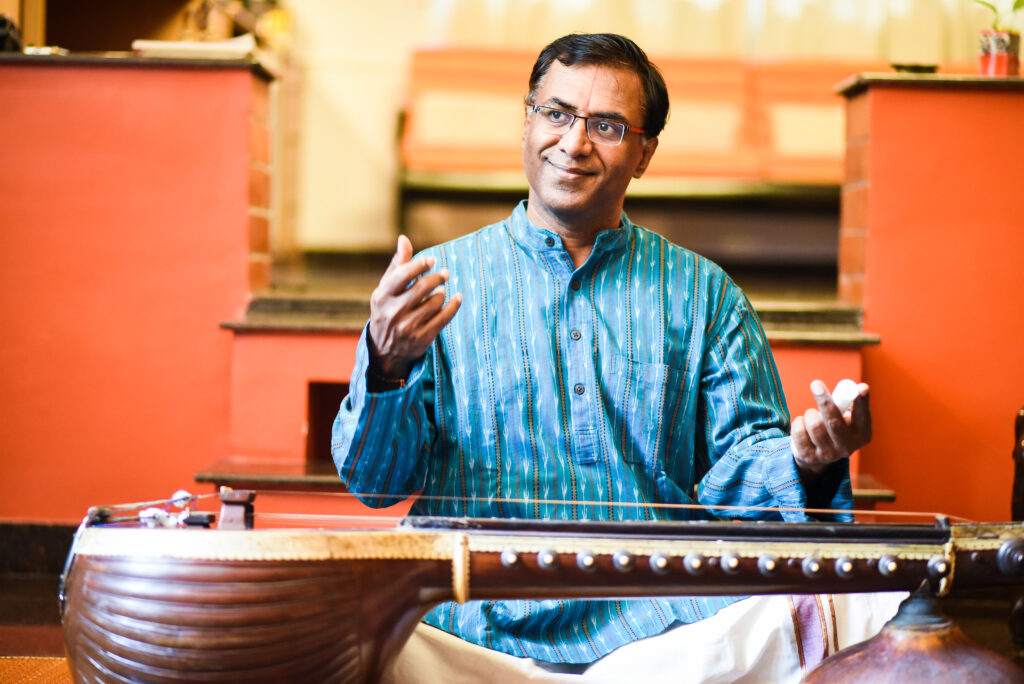
Did you stumble upon something when searching for something else?
If you are always going on the highway someone has already built, the maximum one can get is a smooth ride. You will never have the reward of stumbling upon something. I am always finding something when looking for something else, it is very normal in the creative sphere. Even in the divya desam songs there could have been searching for something but I might have found something else very inspiring and interesting. For example, the charanam in my rupavathi composition on Thirukkottiyur Sowmyanarayana, – that did not come about when I was composing on Thirukkottiyur.
You have employed some rare ragas in your compositions like Snehapriya and Vijayavasantham. How did that happen?
I never set out to go with a design or a desire to use rare ragas or talas in my compositions. Even the fact that I ended up using 72 melakartas in the set happened somewhere down the line .People have been requesting me for many years to compose in each one of the 72 melakartas but I have been putting it off. The reason was that other great composers like Muthuswamy Dikshitar, Koteeswara Iyer, Balamuralikrishna, and D Pattammal have already composed in each one of the melakartas and Maha Vaidyanatha Sivan has composed a 72 melakarta ragamalika. I had earlier composed a 72 mela ragamalika geetam which is good for both students and performers. I was reluctant to compose again in 72 melakartas but when somewhere in the process of composing, the idea came again. I also ended up using ragas like Snehapriya, which I had discovered earlier, and Vijayavasantam which only Thyagaraja seemed to have used. These are beautiful ragas. There are also a lot of popular ragas like Kedaram. The choice of ragas is purely organic.
You have used several languages like Tamil, Sanskrit, Telugu and Hindi. How did you do this?
Many a time, it just happens in one particular language like Tamil, Sanskrit, Telugu or Hindi. It is not easy to explain the process. But, I don’t firm up my thoughts in one language and compose in another.
It is said that a genius is 90% perspiration and 10% inspiration. What is your take?
There is no doubt about that there is a lot of perspiration, preparation and all this has to go in before you get the inspiration. The quality of inspiration will be of a higher degree, if you develop better content. The knowledge of other great composers or great musicians, gurus, analyzing the beauty of lyrics, the beauty of ragas, all will help. The first and foremost pre-requisite would be taste and genuine passion for aesthetics.
Tell me something about the mudra you use. Does the word ‘sashi’ have anything to do with your brother?
In the very first song I composed at the age of 12 in a raga called Samapriya I used Ravikiran as my mudra. It was in Tamil and I had used “Ravi Sashi” also in the anupallavi. There was a great musician Palghat Ramachandra Iyer, a phenomenal mridangist, respected by Palghat Mani Iyer, T.K.Murthy and many other mridangists. He used to visit my house and happened to listen to my first composition. He was a fine composer too. He told me to use Ravi Sashi as my mudra rather than Ravikiran. That was a signal for me to continue to use that. Definitely, Surya and Chandra are what is denoted when I use the mudra, though Sashi happens to be the name of my brother. But I never used it in the personal sense to refer to me or Sashikiran.

